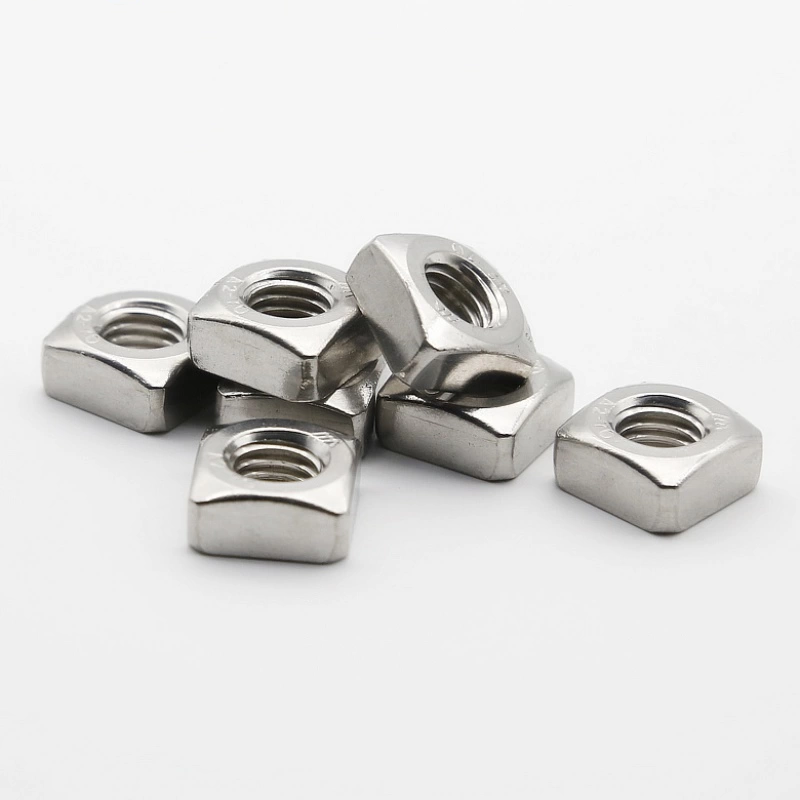

Effective Solutions for Securing Solar Panels with Hold Down Brackets
Th12 . 11, 2024 09:12 Back to list
Effective Solutions for Securing Solar Panels with Hold Down Brackets
Understanding Solar Panel Hold Down Brackets Essential Components for Stability
Solar energy is becoming a vital source of renewable energy worldwide, and with the growing installations of solar panels, the importance of secure and stable mounting systems has come to the forefront. One of the crucial elements in the installation of solar panels is the hold down bracket. These brackets play a significant role in ensuring that solar panels remain securely attached to their mounting structures, ultimately enhancing their efficiency and lifespan.
What Are Solar Panel Hold Down Brackets?
Solar panel hold down brackets are specialized hardware components used to secure solar panels to their framework. They are designed to withstand various environmental conditions, including wind, rain, and snow, thereby providing stability and durability. These brackets are usually made from robust materials such as aluminum or stainless steel, ensuring they can endure the stresses associated with outdoor installations.
The Importance of Hold Down Brackets
1. Stability Solar panels are typically installed at an angle to maximize sunlight absorption. This inclination can make them more susceptible to being dislodged by strong winds. Hold down brackets help secure the panels in place, preventing any unwanted movement that could compromise their functionality.
2. Safety A securely mounted solar panel system minimizes the risk of accidents. In the absence of proper hold down brackets, panels may detach during severe weather conditions, posing dangers to people and property below. By using reliable brackets, homeowners and businesses can rest assured that their solar installations are safe.
3. Maintenance Solar panels require periodic maintenance to ensure optimal performance. Hold down brackets facilitate easier access to the panels, allowing technicians to perform necessary inspections and cleaning without the complications that arise from loose or misaligned panels.
4. Energy Efficiency Properly grounded and secured solar panels can maintain their optimal position to capture sunlight effectively. If panels are unsecured and move during high winds or severe weather, their angle might shift, resulting in decreased energy absorption and overall efficiency.
Choosing the Right Bracket
solar panel hold down brackets

When selecting hold down brackets, several factors should be considered
- Material Choose brackets made from corrosion-resistant materials, especially if you live in an area with high humidity or salty air. Aluminum and stainless steel are excellent choices due to their longevity and resistance to the elements.
- Design The design of the bracket should match your solar panel and mounting system. Compatibility is crucial for ensuring stability and ease of installation.
- Load Capacity Consider the load capacity of the brackets, which refers to the amount of weight they can support. This becomes particularly important in areas prone to heavy snowfall or high winds.
- Installation Method Some brackets require professional installation, while others can be managed as DIY projects. Assess your capabilities and the complexity of the installation before deciding.
Installation Considerations
Correct installation is paramount to the effectiveness of hold down brackets. It often involves adhering to local building codes and regulations, which may dictate specific requirements for solar panel installations. Consulting with a professional installer or structural engineer can provide insights into the best practices for securely mounting panels in your area.
Conclusion
Solar panel hold down brackets are essential components in the installation of solar energy systems. Their function in providing stability, safety, maintenance ease, and energy efficiency cannot be overstated. As the world shifts towards more sustainable energy sources, understanding how to secure solar panels properly becomes increasingly important. The right choice and installation of hold down brackets not only protect a significant investment but also contribute to a cleaner, greener future. By investing in quality brackets and following best practices in installation, homeowners and businesses can maximize their solar energy systems' potential.
Latest news
-
Premium Fasteners Manufacturer | AI-Driven Solutions
NewsAug.01,2025
-
Hot Dip Galvanized Bolts - Hebei Longze | High Strength, Corrosion Resistance
NewsAug.01,2025
-
High-Strength Hot Dip Galvanized Bolts - LongZe | Corrosion Resistance, Custom Sizes
NewsAug.01,2025
-
Best Self Tapping Screws for Drywall - Fast & Secure Installation
NewsJul.31,2025
-
High-Strength Hot Dip Galvanized Bolts-Hebei Longze|Corrosion Resistance&Customization
NewsJul.31,2025
-
Hot Dip Galvanized Bolts-Hebei Longze Metal Products|Corrosion Resistance&High Strength
NewsJul.31,2025

